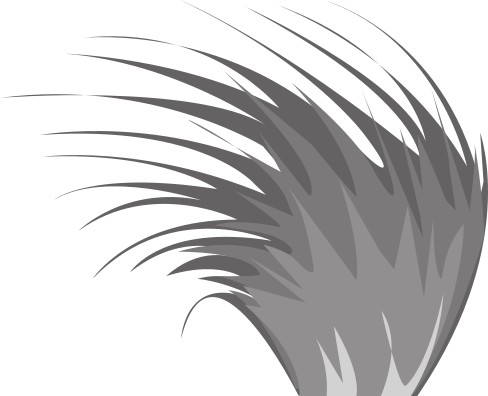Radical environmental change on Whangapoua Estuary, Great Barrier Island in 3500 years
Talk / Seminar on Wednesday 21st of February 2007, 05:20 PM (18 years ago)
Contact: Kevin Gould | kevin.gould@botany.otago.ac.nz | (03) 479 9061
A talk by Dr Yanbin Deng, Otago Archeological Research Cluster, Dept of Anthropology, University of Otago. A vegetation history and environment change from pollen reconstructions will be presented. A linear sequence of vegetation communities beginning with mangroves and followed by estuarine marsh communities composed of Juncus kraussii, Leptocarpus similis, and Baumea juncea was recognised in almost all pollen diagrams. Further transitions, from Baumea to a terrestrial system of Leptospermum shrubland or Cordyline/Dacrycarpus swamp forest, followed two main pathways associated with autogenic accumulation of peat and terrigenous sediment input respectively. Natural and human disturbances drive sedimentation rates, and interact with autogenic factors, to dictate vegetation transitions in these later stages. The intensive impact (mainly burning) during Polynesian times had a much greater effect on estuary than the pre-Polynesian natural processes, greatly accelerating plant succession. At the Zoology Benham Building, 346 Great King Street, behind the Zoology car park by the Captain Cook Hotel. Use the main entrance of the Benham Building to get in and go to the Benham Seminar Room, Rm. 215, 2nd floor. Please be prompt as we have to hold the door open.
